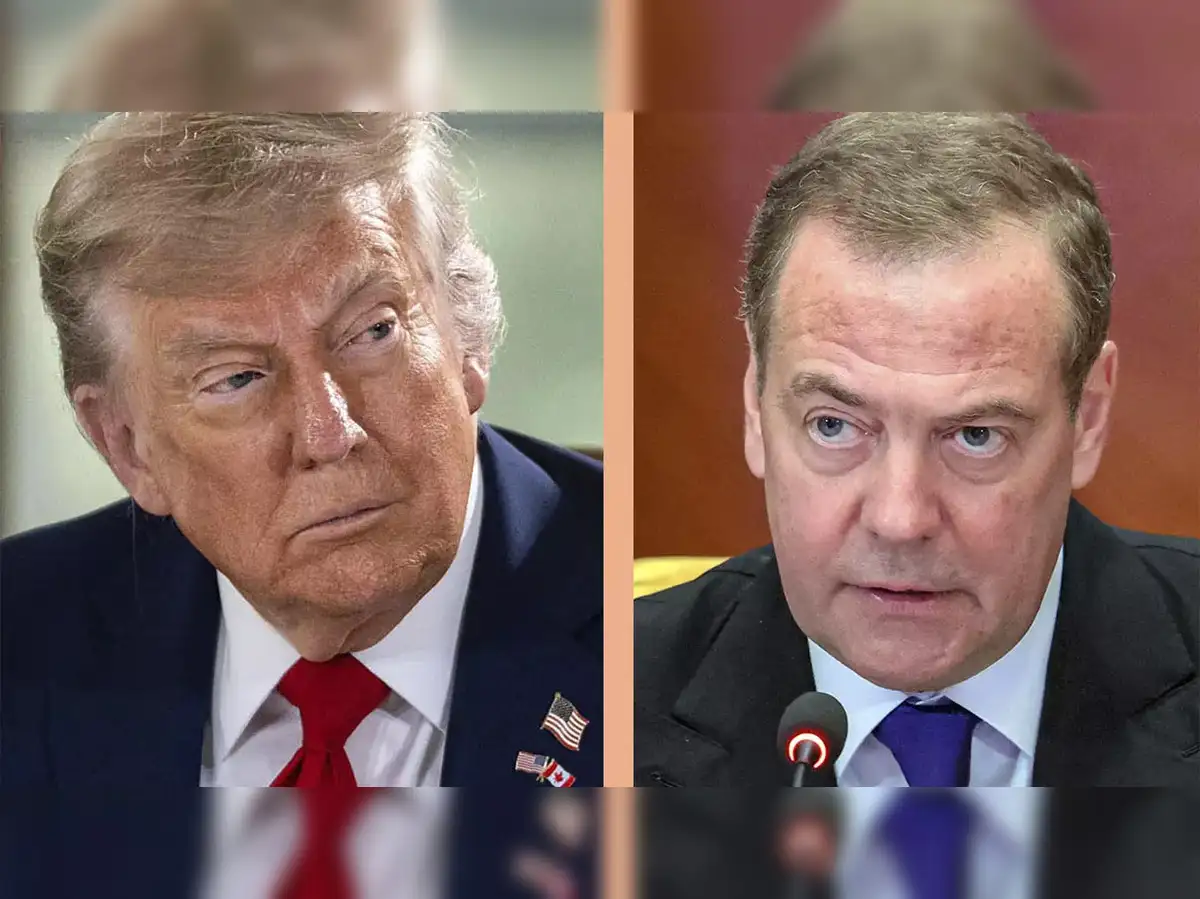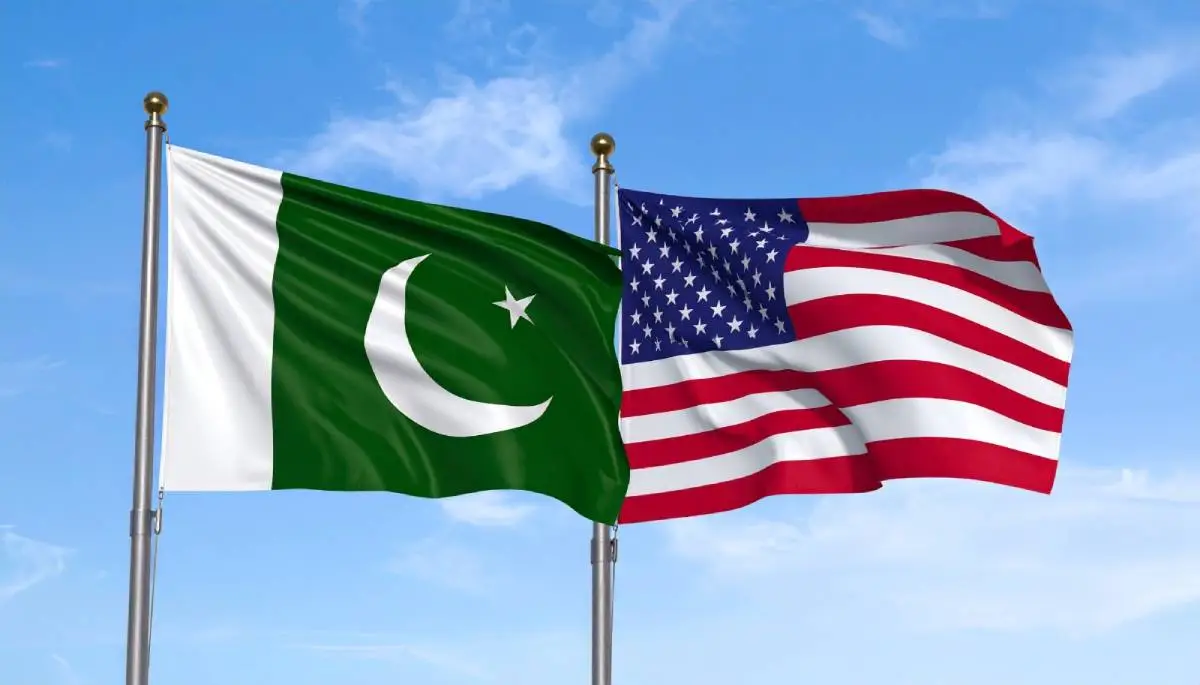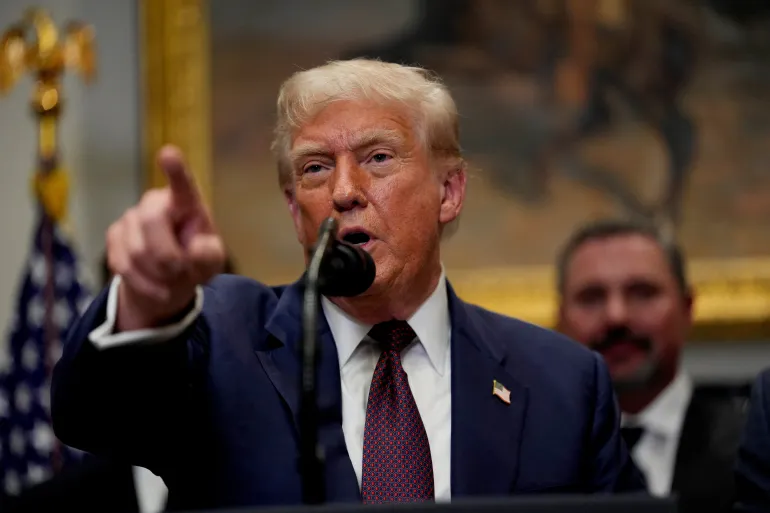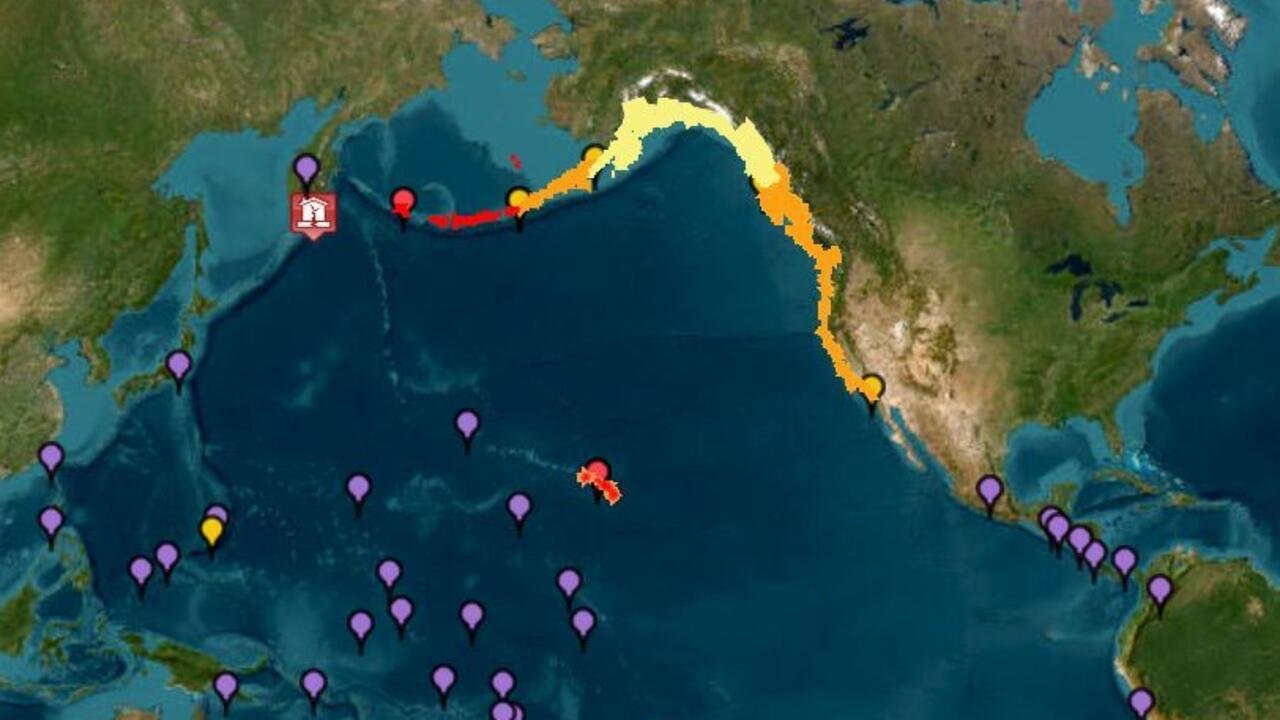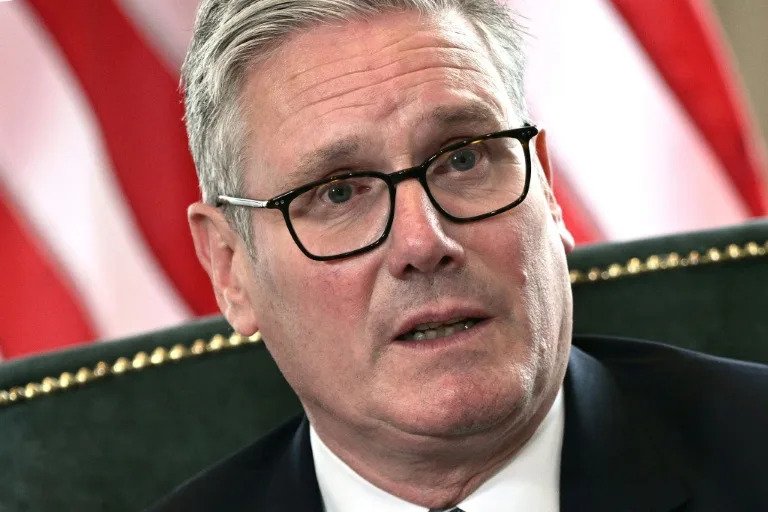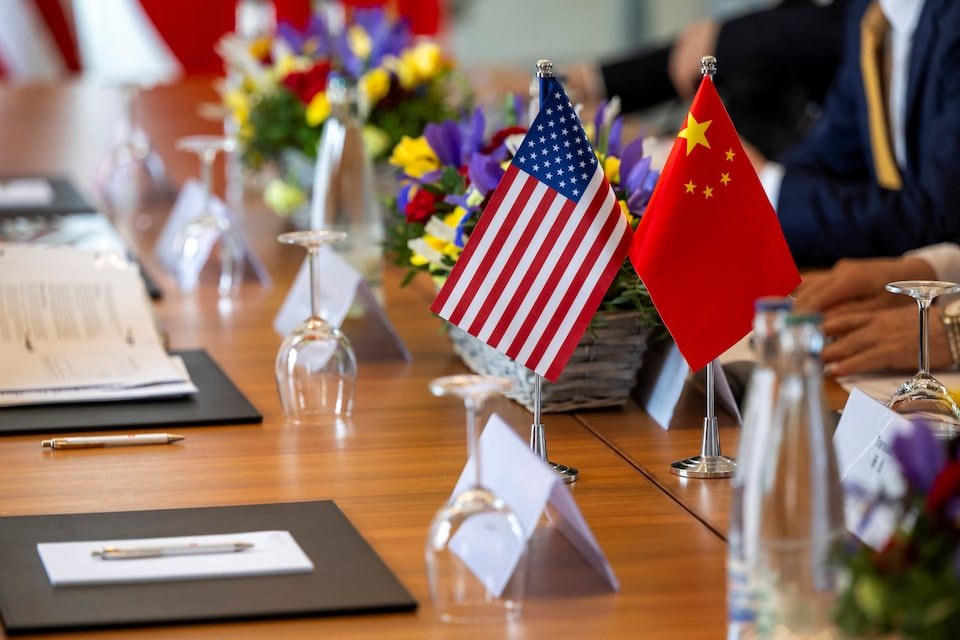The United States has announced the imposition of a 25% tariff on imports from India, along with an additional import tax due to India’s ongoing purchase of Russian oil. President Donald Trump stated that these tariffs are part of a wider series of trade actions targeting multiple countries, including Brazil and South Korea, and are aimed at rebalancing America’s trading relationships. The move is part of a new tariff regime set to begin Friday, which the White House frames as a testament to Trump’s negotiation strategy. However, many economists caution that these new taxes may slow US economic growth and add to inflationary pressures.
Trump, while noting that India remains a US ally, criticized India’s high tariffs on American goods and its procurement of military equipment and energy from Russia—actions he claims indirectly support Russia’s conflict in Ukraine. As a result, the US administration plans to implement further penalties on Indian imports. Despite these tariffs, both sides remain engaged in negotiations, with Trump stating, “We’re talking to India now,” and India’s government expressing its commitment to a fair, balanced, and mutually beneficial trade agreement.
In addition to measures against India, Trump signed executive orders to tax copper imports at 50%, target Brazilian goods over political disputes, and close the “de minimis” loophole allowing duty-free shipments under $800, mainly from China. South Korea, meanwhile, negotiated a reduced 15% tariff on its goods, agreed to purchase $100 billion in US energy, and committed $350 billion to US-selected investments.
Trump’s aggressive tariff policy is not limited to India. New frameworks with the European Union, Japan, the Philippines, and Indonesia have also been reached, opening markets for American exports while raising import taxes. These moves are seen as efforts to address the US budget deficit and stimulate domestic manufacturing, though critics warn of adverse economic impacts and increased costs for American consumers.
Internationally, Trump’s tariff actions have drawn criticism from America’s traditional allies. European leaders, including French President Emmanuel Macron, have pushed back, urging Europe to accelerate its own agenda for sovereignty and competitiveness. The new tariffs risk straining US-European relations and could prompt allies such as Canada and EU member states to reconsider their economic ties with the United States.
For India, the new tariffs come as the country works to double its bilateral trade with the US to $500 billion by 2030. Indian officials note that US demands for expanded market access and near-zero tariffs conflict with India’s need to protect sectors like agriculture and dairy, which provide livelihoods for millions. Last year, the US ran a $45.8 billion trade deficit with India, underscoring the scale of their economic relationship.
The penalties could put Indian exports at a disadvantage compared to competitors in Vietnam, Bangladesh, and China. With India’s close relations with Russia and its reluctance to support Western sanctions, the new tariffs add another layer of complexity to the geopolitical landscape. Business leaders in India warn that American demand for Indian products may be hit hard, especially given uncertainty about the exact scope of the penalties.







